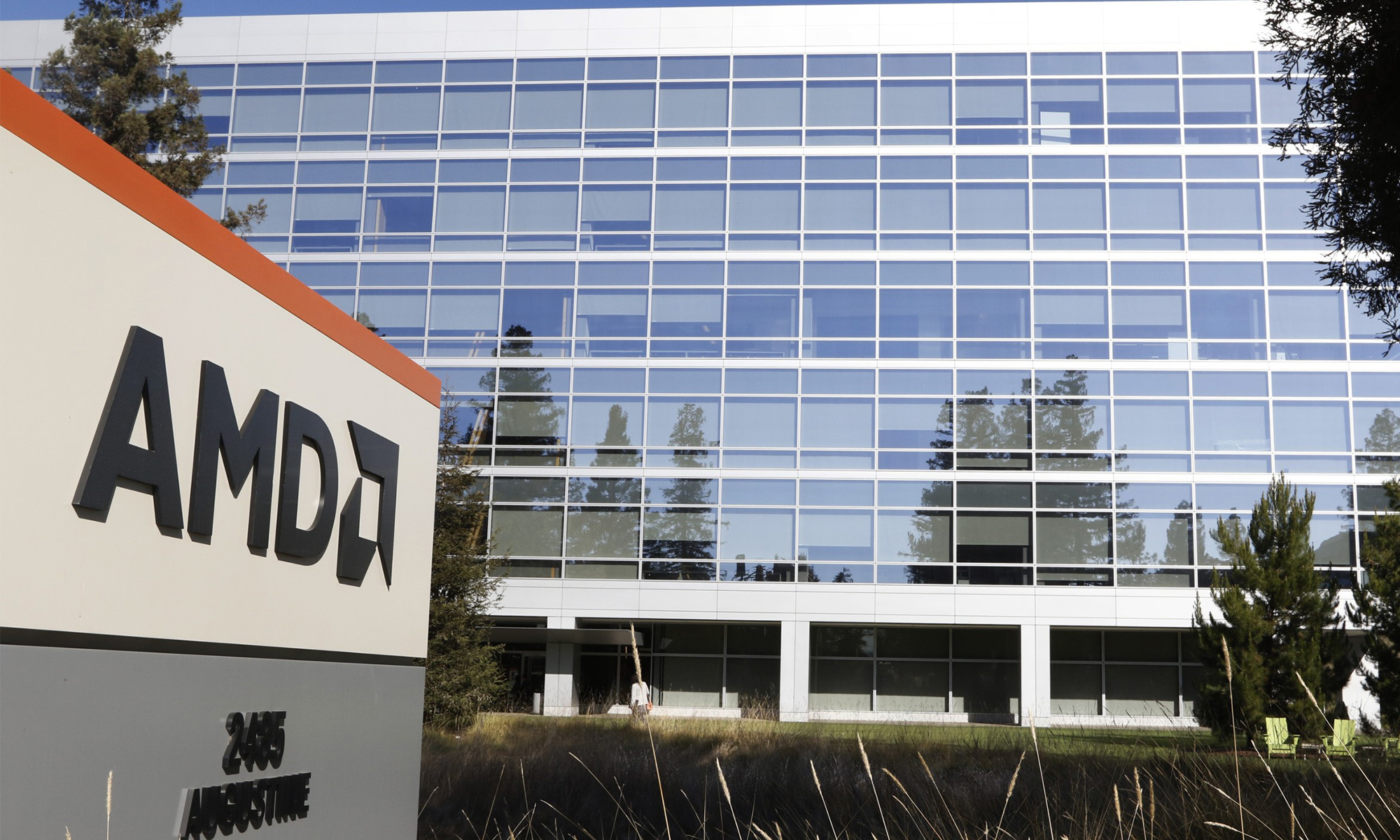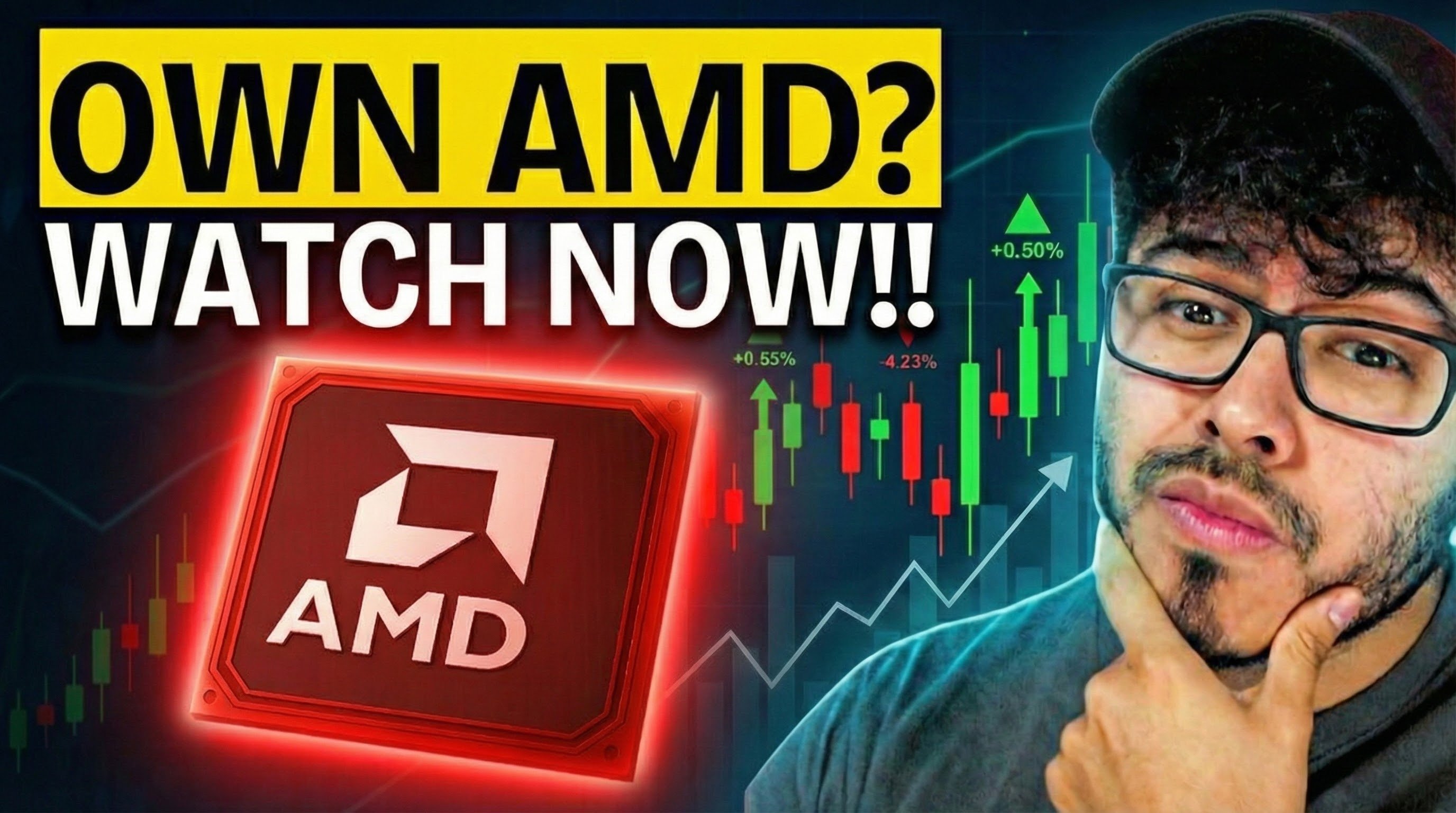When investors talk about artificial intelligence (AI) chips, they often mention Nvidia (NVDA 0.31%). It's the world's largest producer of discrete GPUs for data centers, where they're used to process complex AI tasks. Most of the world's top AI companies, including Microsoft (MSFT +0.20%) and OpenAI, use its chips.
But Advanced Micro Devices (AMD +0.20%) -- which controls a much smaller slice of the discrete GPU market -- has been gradually rolling out more data center GPUs to challenge Nvidia. Could this underdog chipmaker become the next big growth story in AI chips?

Image source: Getty Images.
Is AMD an emerging threat to Nvidia's AI dominance?
Nvidia generates most of its revenue from discrete GPUs. AMD produces a wider range of x86 CPUs for PCs and servers, discrete GPUs, and APUs (accelerated processing units), which merge together a CPU and GPU on a single chip for smaller PCs and gaming consoles.
Nvidia dominates 94% of the discrete GPU market, according to JPR, while AMD only controls about 6%. In the past, AMD tried to keep pace with Nvidia by selling cheaper GPUs, which offered comparable performance but consumed more power. However, it eventually lost that advantage as Nvidia expanded its lineup of lower-end gaming GPUs for PCs.

NASDAQ: AMD
Key Data Points
AMD launched its first batch of Instinct GPUs for data centers (MI6, MI8, and MI25) back in 2017. However, it didn't make much of an impression in that market until it launched its MI300 Instinct GPUs -- which were built on TSMC's 5nm and 6nm nodes -- in late 2023.
AMD's top-tier MI300X actually beat Nvidia's older H100 GPU -- which is still widely used to process AI tasks -- in several industry benchmarks of raw processing power and memory bandwidth. Companies could also buy roughly four MI300 GPUs for the price of a single H100 GPU.
Nvidia's new H200 (Blackwell) GPU outperforms the MI300X for most AI tasks, but it's still roughly twice as expensive as AMD's MI300X GPUs. Some of AMD's MI300 chips are even APUs, which eliminate the need for stand-alone CPUs. Nvidia doesn't produce any x86 CPUs or APUs.
How fast is AMD's AI business growing?
AMD doesn't disclose its sales of Instinct GPUs separately. Instead, it groups them with its EPYC CPUs for servers in its data center segment. But over the past year, that core growth engine cooled off as its weight on AMD's top line declined.
|
Metric |
Q2 2024 |
Q3 2024 |
Q4 2024 |
Q1 2025 |
Q2 2025 |
|---|---|---|---|---|---|
|
Data center revenue growth (YOY) |
115% |
122% |
69% |
57% |
14% |
|
As a percentage of total revenue |
48% |
51% |
51% |
50% |
42% |
|
Total revenue growth (YOY) |
9% |
18% |
24% |
36% |
32% |
Data source: AMD. YOY = Year-over-year.
That deceleration was caused by three major headwinds.
First, the Trump administration barred it from exporting its MI308 GPUs to China. Second, it faced intense competition from Nvidia's new H200 chips. Nvidia also reinforces its lead by locking its customers into its proprietary CUDA (Compute Unified Device Architecture) platform for writing GPU applications.
Lastly, AMD expects its sales of current-gen MI300X chips to cool off as it ramps up its production of its next-gen MI350 chips throughout the second half of 2025. Many of its potential customers won't buy its older chips when a newer version is right around the corner.
Don't ignore its potential catalysts
AMD's slowdown in the data center market was disappointing, but it's offsetting that pressure by selling more EPYC CPUs for servers, Ryzen CPUs for PCs, and Radeon GPUs for PCs. It's also still gaining ground against the struggling Intel (INTC +0.50%) in the x86 CPU market.
AMD recently secured massive AI deals with Oracle (ORCL +0.45%) and OpenAI. Oracle plans to install 50,000 AMD GPUs across its cloud infrastructure platform. OpenAI aims to deploy up to 6 gigawatts of AMD's CPUs in its data centers over the next few years, and it even acquired stock warrants that could eventually give it a 10% stake in the chipmaker. Those deals strongly indicate that Oracle and OpenAI are eager to curb their dependence on Nvidia.
If other AI giants follow that lead, Nvidia could gradually lose its edge against AMD. While AMD's Instinct chips aren't as powerful as Nvidia's Blackwell GPUs, they can be optimized to handle certain memory-intensive tasks more efficiently. Therefore, more companies might be willing to tweak their data centers to accommodate AMD's GPUs, instead of getting locked into Nvidia's prisoner-taking ecosystem of CUDA-optimized applications.
Could AMD become the next growth story in AI chips?
From 2024 to 2027, analysts expect AMD's revenue and earnings per share (EPS) to increase at a CAGR of 30% and 86%, respectively, as it overcomes its near-term challenges. Its stock isn't a bargain at 57 times next year's earnings, but the growth potential of its AI business justifies that higher valuation.
While AMD won't ever dethrone Nvidia as the top AI chipmaker, there could be plenty of room for both companies to thrive without trampling each other. So if AMD continues to expand its defensible niche of the AI market, it could certainly become the next big growth story in AI chips.





